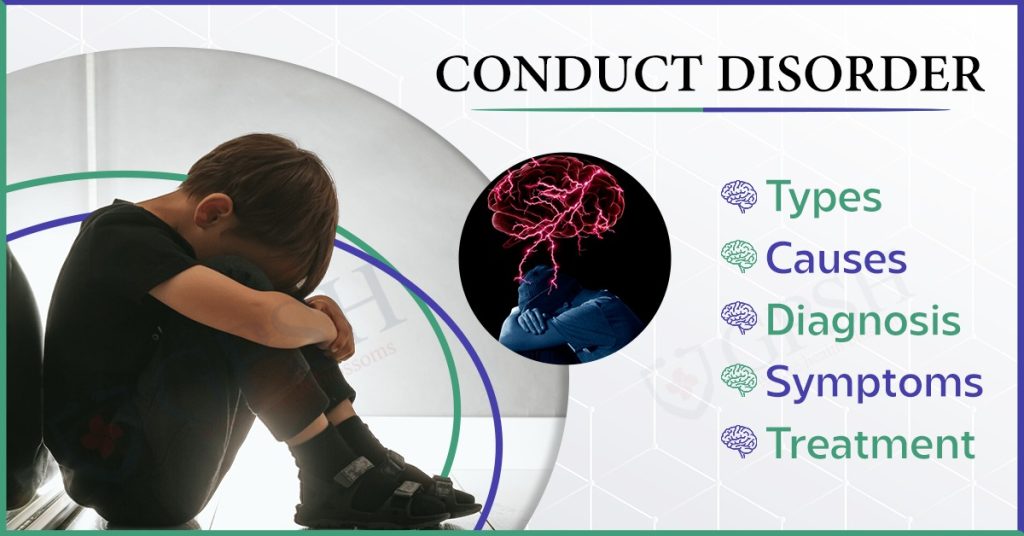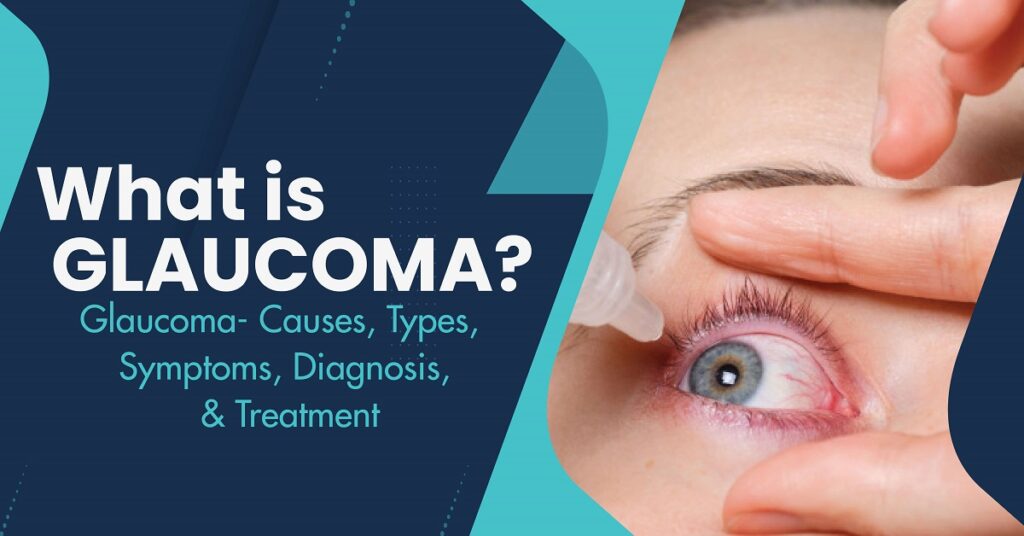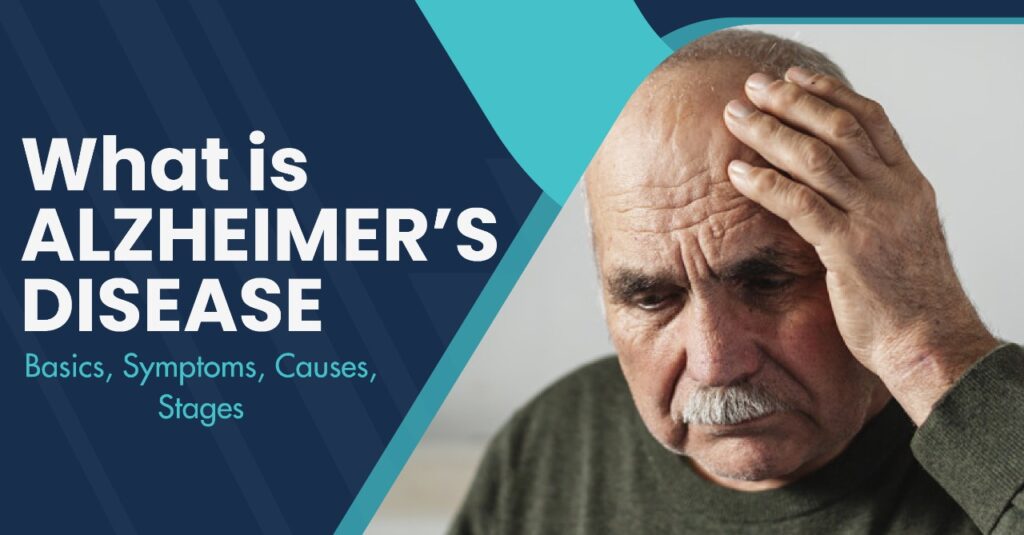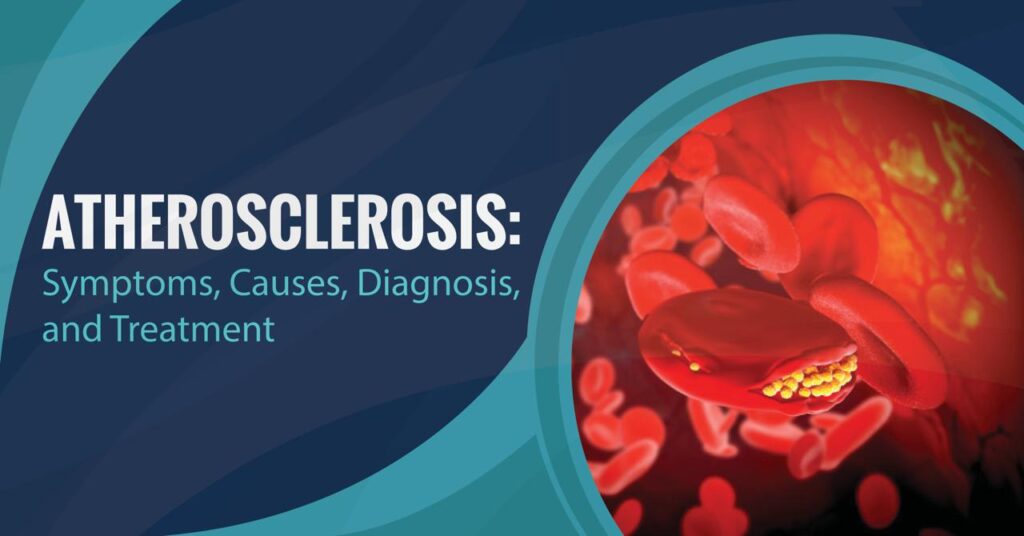What is Conduct Disorder?
Conduct Disorder (CD) is a mental health disorder diagnosed in children and adolescents characterized by a persistent pattern of behavior that violates the rights of others, societal norms, and rules. This disorder often manifests through a range of aggressive, antisocial, and rule-breaking behaviors. The onset of Conduct Disorder typically occurs in childhood or adolescence, and if left untreated, it can lead to more severe behavioral problems in adulthood, such as antisocial personality disorder.
Types of Conduct Disorder
In the Diagnostic and Statistical Manual of Mental Disorders, Fifth Edition (DSM-5), Conduct Disorder (CD) is not explicitly categorized into different “types” as some other disorders might be. Instead, Conduct Disorder is diagnosed based on the presence of specific symptoms and behaviors. The DSM-5 outlines a set of criteria for the diagnosis, and the severity of the disorder can vary based on the number and intensity of these criteria.
The main types of Conduct Disorder are often classified by their specific behaviors or symptom clusters. While these are not officially recognized as distinct types within the DSM-5, they help describe the diverse ways in which Conduct Disorder may manifest. Common subtypes include:
● Childhood-Onset Type: CD symptoms appear before the age of 10. Individuals with this subtype may display more severe and persistent antisocial behaviors.
● Adolescent-Onset Type: CD symptoms emerge during adolescence. This subtype might be associated with a better prognosis compared to childhood-onset CD.
● Limited Prosocial Emotions (Callous-Unemotional Traits): Some individuals with Conduct Disorder may exhibit a lack of empathy, guilt, or remorse, which is referred to as limited prosocial emotions. This feature is associated with a more severe and persistent course of the disorder.
You can read also:- Achondroplasia: Causes, Symptoms, Diagnosis, and Treatment
Symptoms of Conduct Disorder
Conduct Disorder (CD) is diagnosed based on a pattern of specific behaviors and symptoms that persist over time and significantly impact a person’s daily functioning and interactions. The symptoms of Conduct Disorder are typically divided into four main categories:
1. Aggression to People and Animals:
● Often initiates physical fights
● Has used a weapon that can cause serious harm to others (e.g., a bat, brick, broken bottle, knife, gun)
● Has been physically cruel to people or animals
● Has stolen while confronting a victim (e.g., mugging, extortion, purse snatching, armed robbery)
2. Destruction of Property:
● Vandalism: Defacing or destroying property that does not belong to them.
● Arson: Setting fires deliberately.
● Breaking things: Breaking toys, furniture, or other objects.
3. Deceitfulness or Theft:
● Has broken into someone else’s house, building, or car
● Often lies to obtain goods, or favors or to avoid obligations
● Has stolen items without confronting a victim (e.g., shoplifting, but without breaking; forgery)
4. Serious Violations of Rules:
● Skipping school: Truancy or playing hooky from school.
● Running away from home: Leaving home without permission and staying away for an extended period.
● Staying out late: Disobeying curfews or staying out past the agreed-upon time.
● Engaging in risky behaviors: Taking unnecessary risks that could put themselves or others in danger.
Causes of Conduct Disorder
The exact cause of conduct disorder is unknown, but it is believed to be a complex interplay of various factors. Researchers have identified several contributing influences, categorized into biological, environmental, psychological, and social domains. Here’s a closer look at each:
1. Biological factors:
● Brain abnormalities: Studies suggest possible differences in brain structure and function, particularly in the prefrontal cortex responsible for impulse control and decision-making.
● Genetic predisposition: Children with a family history of conduct disorder or other mental illnesses may be more susceptible.
● Neurotransmitter imbalances: Chemicals like serotonin and dopamine play a role in regulating mood and behavior, and imbalances might contribute to conduct disorder symptoms.
2. Environmental factors:
● Child abuse and neglect: Experiencing physical, emotional, or sexual abuse can significantly increase the risk of developing conduct disorder.
● Dysfunctional family environment: Inconsistent discipline, parental conflict, or lack of supervision can contribute to behavioral problems.
● Poverty and socioeconomic disadvantage: Poverty can be associated with poor living conditions, limited access to resources, and increased exposure to violence, all of which can heighten the risk of conduct disorder.
● Exposure to violence and crime: Witnessing or experiencing violence in the community can desensitize children to aggression and make them more likely to adopt similar behaviors.
3. Psychological factors:
● Mental health conditions: Children with ADHD, anxiety, depression, or other mental health issues may be more prone to conduct disorder.
● Learning disabilities: Difficulties with learning can lead to frustration, academic failure, and negative self-esteem, potentially contributing to behavioral problems.
● Attachment issues: Insecure or unhealthy attachment styles developed in early childhood can impact emotional regulation and social interaction, increasing the risk of conduct disorder.
4. Social factors:
● Peer pressure and negative influence: Associating with peers who engage in delinquent or aggressive behavior can increase the likelihood of adopting similar patterns.
● Lack of positive role models: The absence of strong, prosocial role models in a child’s life can make it difficult for them to learn appropriate social behavior.
● School environment: Disruptive school environments with inconsistent discipline or poor academic engagement can contribute to behavioral problems.
You can read also:- Cannabis Disorder: Types, Symptoms, Causes, and Treatment
Diagnosis of Conduct Disorder
The diagnosis of Conduct Disorder (CD) is typically made by mental health professionals based on a thorough assessment of the individual’s behavior, history, and functioning. The process involves several key steps:
1. Clinical Assessment:
● Interviews: Mental health professionals, such as psychologists, psychiatrists, or clinical social workers, conduct interviews with the individual and, if applicable, with parents, caregivers, teachers, or other significant individuals in the person’s life.
● Observations: Observations of the individual’s behavior in various settings, such as home, school, or community, are essential for assessing the consistency and severity of symptoms.
2. Diagnostic Criteria:
● The clinician refers to the criteria outlined in the Diagnostic and Statistical Manual of Mental Disorders (DSM-5) to determine whether the individual meets the criteria for Conduct Disorder. The DSM-5 specifies specific behaviors and symptom criteria that need to be present for a diagnosis.
3. Assessment Tools:
● Various standardized assessment tools and questionnaires may be used to gather additional information and provide a more comprehensive understanding of the individual’s behavior.
4. Medical Evaluation:
● A medical evaluation may be conducted to rule out any potential medical conditions or substances that could be contributing to the behavior. Certain medical conditions or substance use can sometimes mimic symptoms of Conduct Disorder.
5. Collateral Information:
● Information from other sources, such as school records, medical records, or reports from teachers and caregivers, may be considered to provide a more complete picture of the individual’s behavior across different settings.
6. Differential Diagnosis:
● The clinician may consider other possible diagnoses and rule out conditions that may share similar symptoms, such as oppositional defiant disorder, attention-deficit/hyperactivity disorder (ADHD), or mood disorders.
Treatment of Conduct Disorder
Conduct disorder (CD) can significantly impact children’s lives and well-being. Fortunately, effective treatments are available to help manage symptoms and improve outcomes. Here’s an overview of the key approaches:
1. Psychotherapy:
● Cognitive-behavioral therapy (CBT): This therapy helps children identify and change negative thought patterns and behaviors associated with their disorder. It teaches them coping skills, problem-solving strategies, and anger management techniques.
● Family therapy: This therapy focuses on improving family communication and dynamics. It helps parents and caregivers understand CD better, develop consistent discipline strategies and create a supportive home environment.
● Individual therapy: This provides a safe space for children to explore the underlying emotional issues contributing to their behavior, build self-esteem, and develop healthy coping mechanisms.
2. Behavioral Interventions:
● Positive reinforcement: Rewarding positive behaviors and effort can motivate children to repeat them and reduce negative ones.
● Token economy systems: Establishing a system of points or tokens earned for desired behaviors that can be exchanged for rewards or privileges, encouraging positive change.
● Time-out and other consequences: Implementing consistent and predictable consequences for inappropriate behavior can help children learn boundaries and develop self-control.
3. Medication:
● In some cases, medication may be prescribed alongside therapy to address specific symptoms like aggression, impulsivity, or mood disorders. This is typically done in conjunction with a psychiatrist or other mental health professional.
4. Additional Support:
● Educational support: Children with CD may benefit from educational interventions like individual tutoring, special education programs, or alternative learning environments.
● Social skills training: Learning appropriate social skills like communication, conflict resolution, and emotional regulation can help children build positive relationships and function better in social settings.
● Community support: Connecting with support groups or organizations can provide valuable resources, information, and understanding for families affected by CD.









